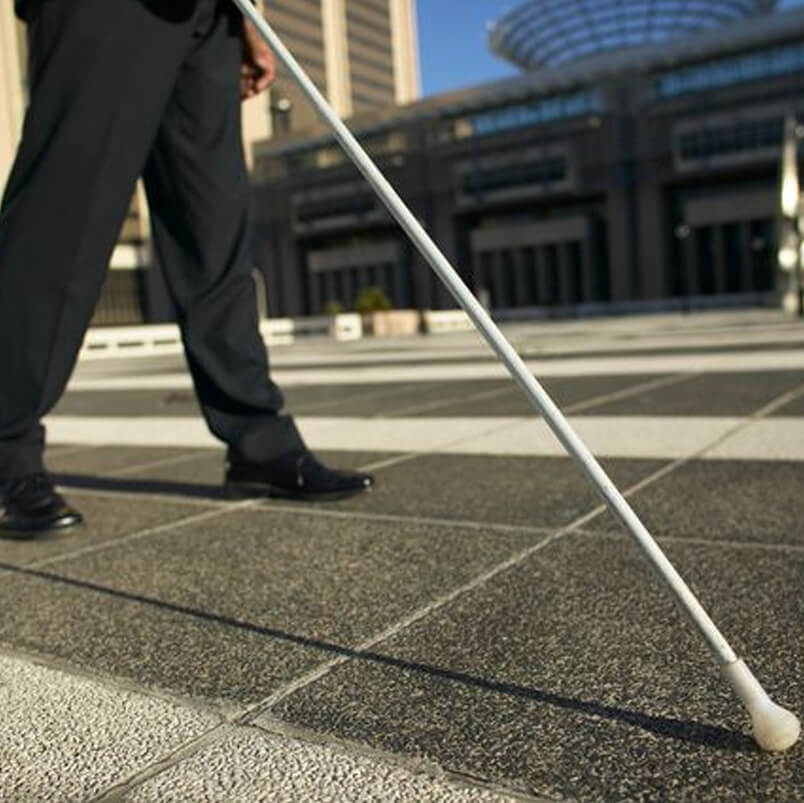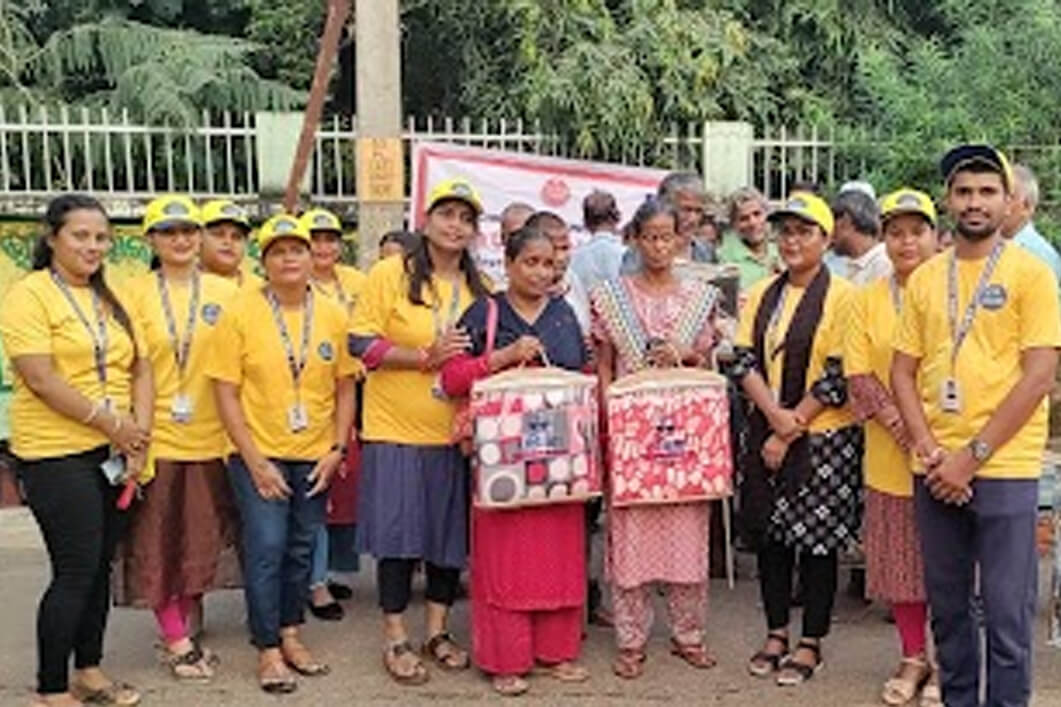World Braille Day, observed annually on January 4th, honours the birth anniversary of Louis Braille, the inventor of the Braille writing system. This groundbreaking script enables millions of visually impaired individuals worldwide to read and write. Although officially recognized in 2019, the blind community has celebrated it informally for much longer.
According to the World Health Organization, an estimated 40–45 million people globally are visually impaired, with approximately 4.95 million in India. Accessibility remains one of the most significant challenges faced by the blind community. Society often caters to the needs of able-bodied individuals, leaving little room for inclusive design and facilities for the differently abled.
Technology has been a game-changer for the visually impaired. Smartphones now feature tools like talkback systems and double-tap functions, enabling independence and improving accessibility in education and daily life. Adding alt-text to images and videos is another crucial step, allowing the blind to understand and engage with digital content. Streaming platforms like Netflix have made strides in inclusivity by introducing “Audio Descriptions” for their content, ensuring visually impaired users can enjoy their shows seamlessly.
Additionally, remote work opportunities have opened new doors for employment, creating a more inclusive job market.
Blindness manifests in different forms, ranging from total blindness to partial vision. For those with partial blindness, tactile signage, high-contrast colours, and bold patterns can significantly improve accessibility.

Urban planning should also prioritize inclusivity. Accessible pathways with clearly defined edges can aid navigation in cities, while complex environments like airports should integrate audio guidance systems for easier wayfinding.
While it’s important to empathize with the blind community, overstepping boundaries can lead to discomfort. Offer assistance only when appropriate, such as when someone visibly struggles. Communication should be thoughtful and clear, avoiding hand gestures or ambiguous language.
NGOs play a critical role in empowering the visually impaired by raising funds and providing essential tools like guide dogs, smart canes, and voice-activated devices. These contributions help foster independence and a better quality of life for the blind community.
World Braille Day reminds us of the importance of creating an inclusive environment for the visually impaired. Through technological innovation, accessible design, and compassionate interaction, we can work together to ensure a brighter future for all.
Child Help Foundation sympathizes with the issues of the blind community and will do whatever it can to help them. With its fundraising platform, Child Help Foundation can raise money for people with blindness to get eye transplants or get essential facilities like guide dogs, smart canes or technology. Child Help Foundation also helps people with other disabilities like auditory impairment, mobility issues and others.
Thank you for taking the time to read this article. Make sure to share this with all your friends and family members.
